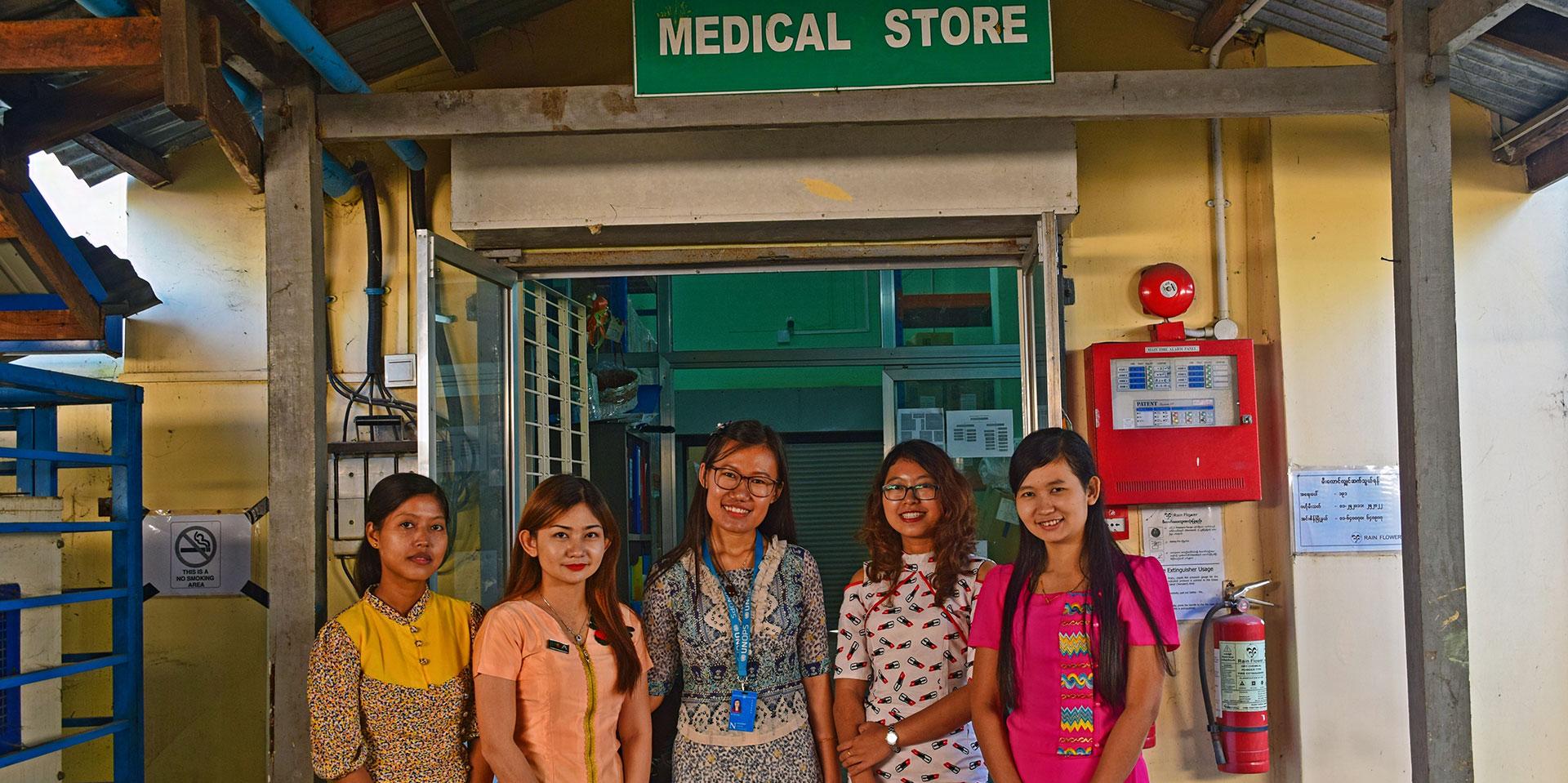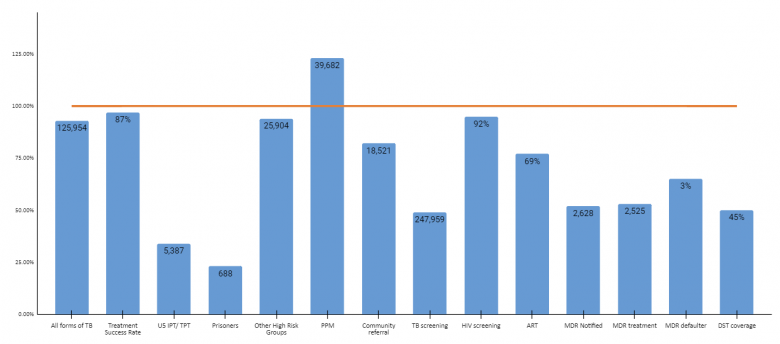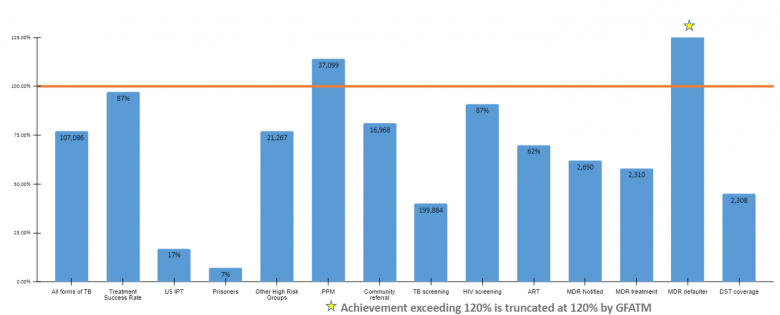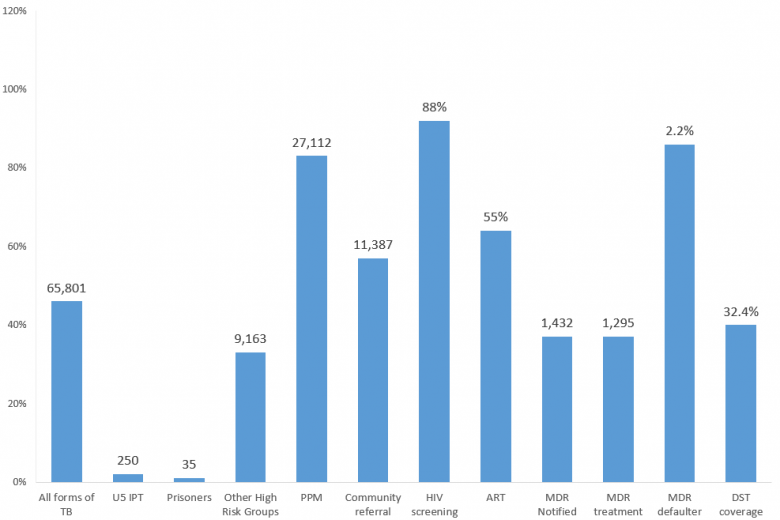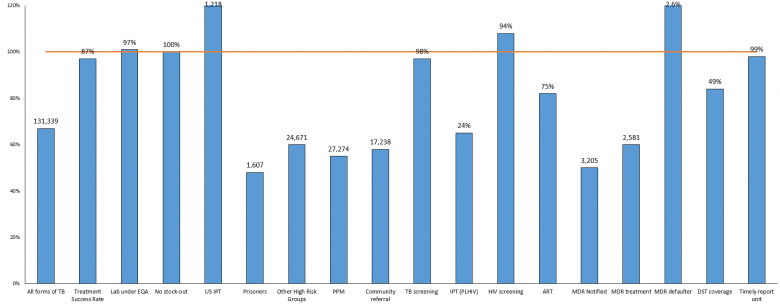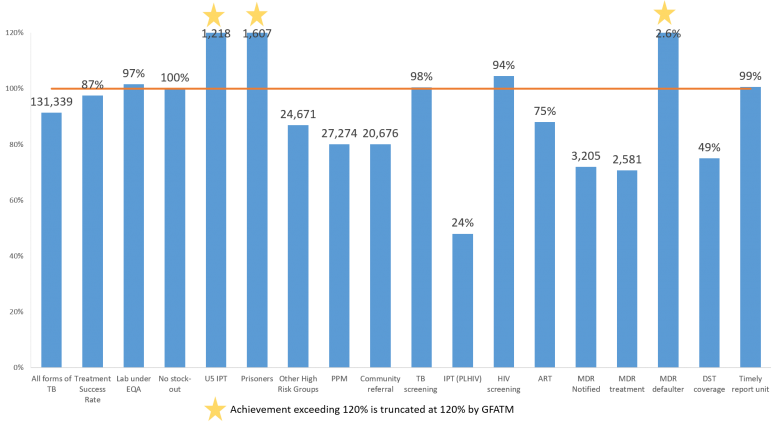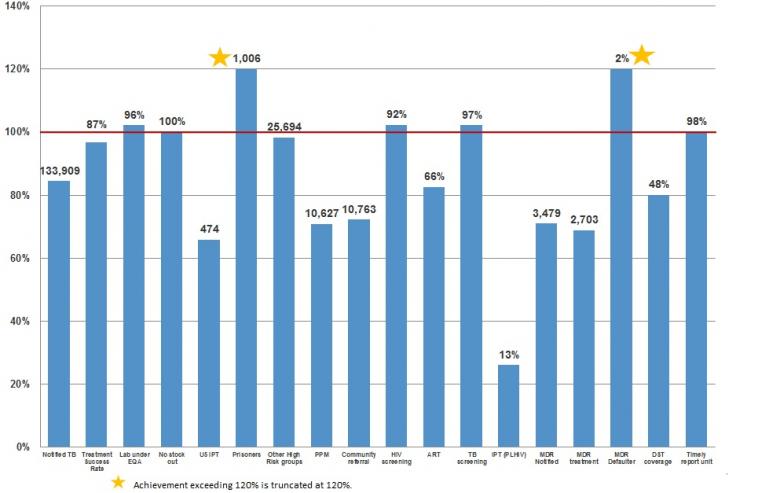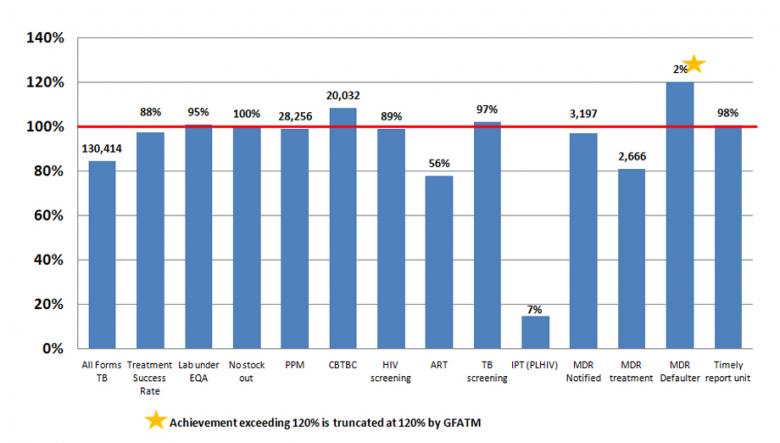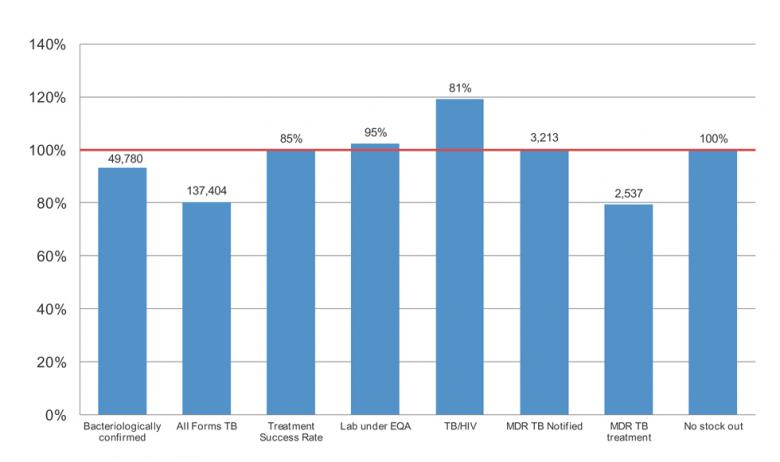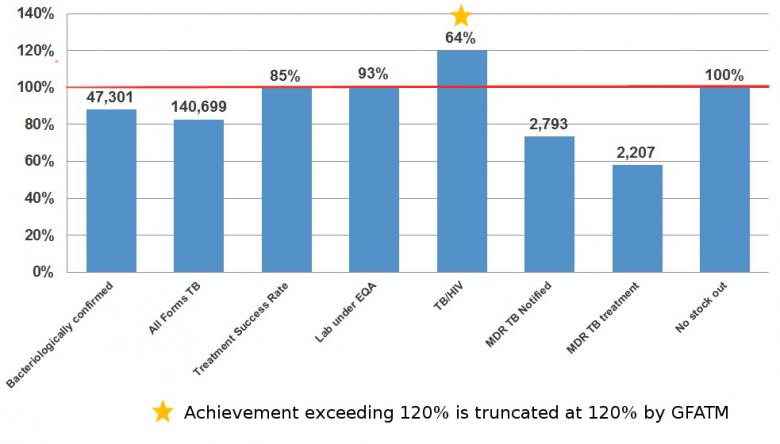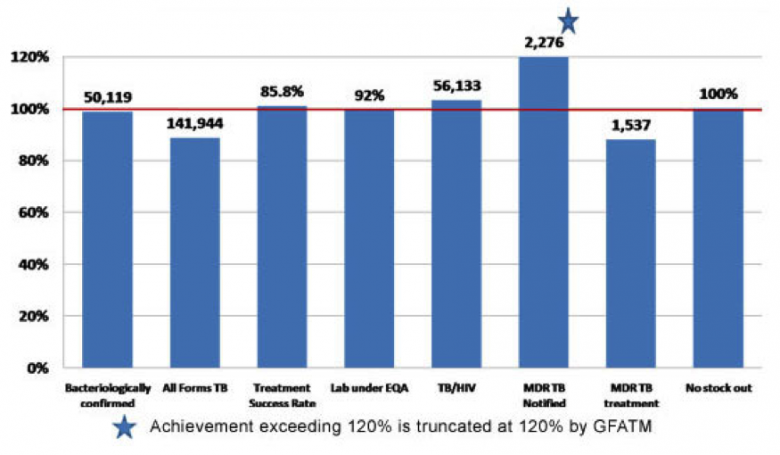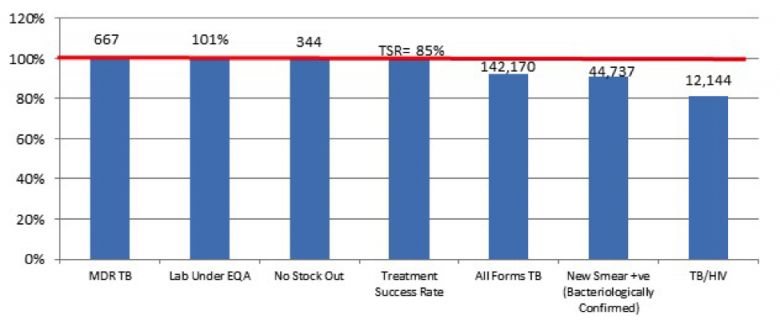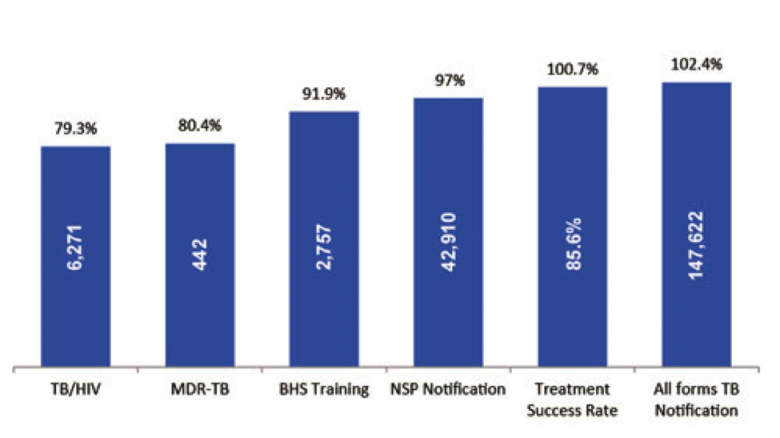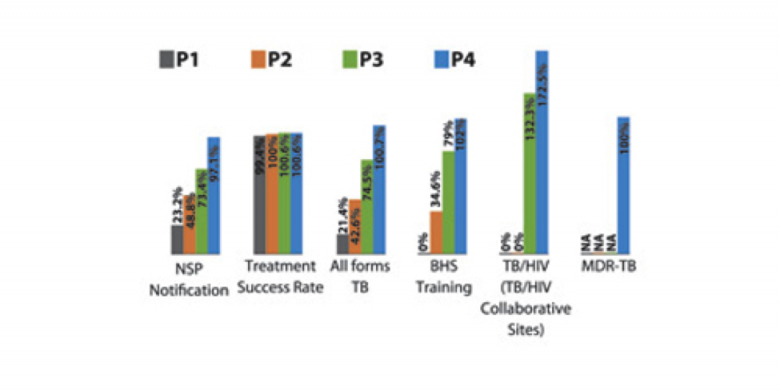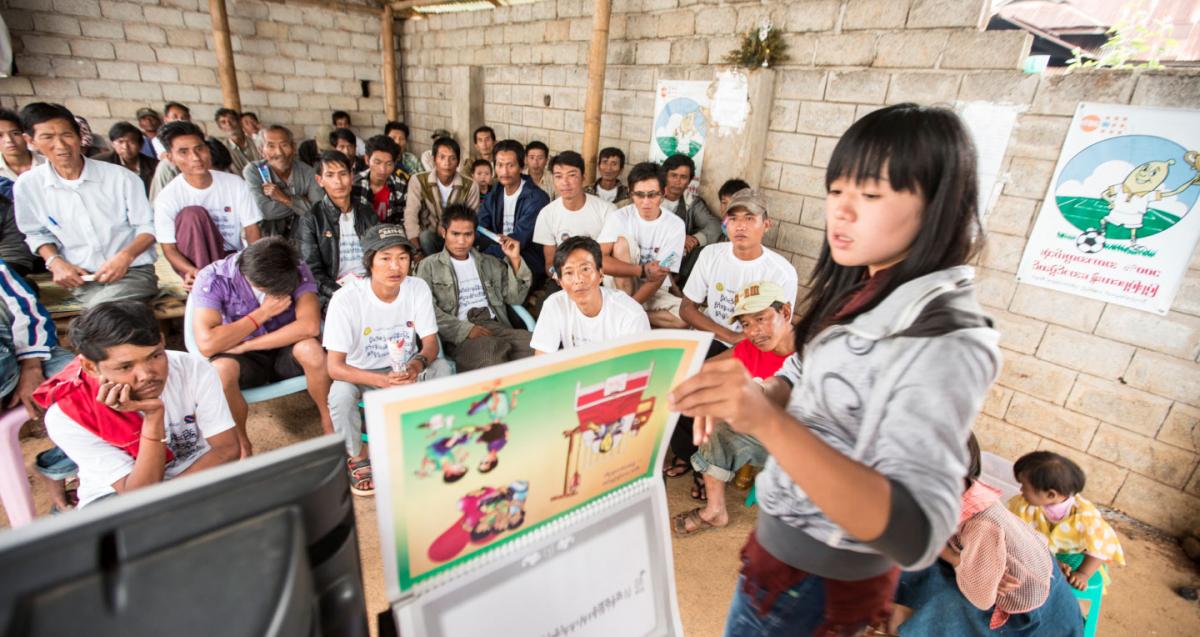TB Programme at a glance
1. Goal:
To end the TB epidemic in Myanmar, indicated by fewer than 10 cases per 100,000 population by 2035, as per the National Tuberculosis Plan (2021-2025). A precise goal is to achieve a 50% reduction in TB incidence by 2025 compared with the 2015 baseline.
2. Target Group/Beneficiaries:
- The entire population of Myanmar. To ensure universal accessibility of diagnosis services, targeted interventions of TB for the following populations are prioritised - Migrants, IDP camps, contacts, and detainees;
- Population in hard-to-reach areas, urban slums, and ethnic areas;
- People living with HIV, children younger than five years of age, elderly and people with diabetes.
3. Objectives:
- Progress towards achieving universal access to TB care and prevention;
- Reach the unreached populations and accelerate a coordinated TB response;
- Expand partnerships and community engagement and improve communications;
- Strengthen systems and update policies for a multisectoral TB response;
- Promote research and innovation and strengthen surveillance for program monitoring and evaluation.
4. Planned Activities:
- Expanding quality TB screening and diagnostic services using chest X-ray followed by GeneXpert;
- Increasing TB case notification and finding missing TB cases through active case-finding mobile clinics equipped with portable digital X-ray and computer-aided diagnosis followed by WHO-recommended molecular testing (GeneXpert or TrueNat);
- Identifying and treating all forms of TB, including drug-resistant and nationwide scale-up of shorter Bpal/BpalM regimens with second-line drug sensitivity testing, and ensuring treatment adherence with psycho-social supports for patients;
- Scaling up TB preventive therapy (TPT) with the provision of TPT to all eligible populations;
- Undertaking joint TB/HIV programs and decentralizing integrated services for TB and HIV;
- Intensifying targeted actions to reach all at-risk populations to ensure universal accessibility of diagnosis services, targeted interventions such as diabetes screening among TB patients, and pre-entry screening at major prisons;
- Engaging all care providers, including NGOs and the private sector in TB response as well as mandatory TB notification;
- Promoting and strengthening community engagement (enable community health workers/volunteers through CBOs, CSOs and EHOs to engage in TB case finding and management and supporting a network of community-based organisations);
- Ensuring availability of essential human resources to recruit seconded staff work for DRTB clinical teams, active case-finding mobile teams, NTRL/BSL-3 laboratories, supply chain management and TB surveillance;
- Strengthening procurement and supply systems for efficient care delivery;
- Strengthening TB surveillance, monitoring and evaluation (transition of electronic data management system and strengthening data quality control measures).


